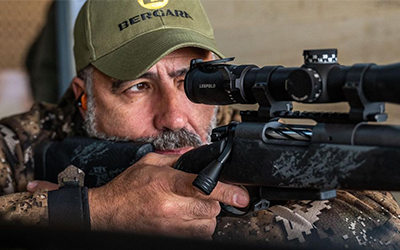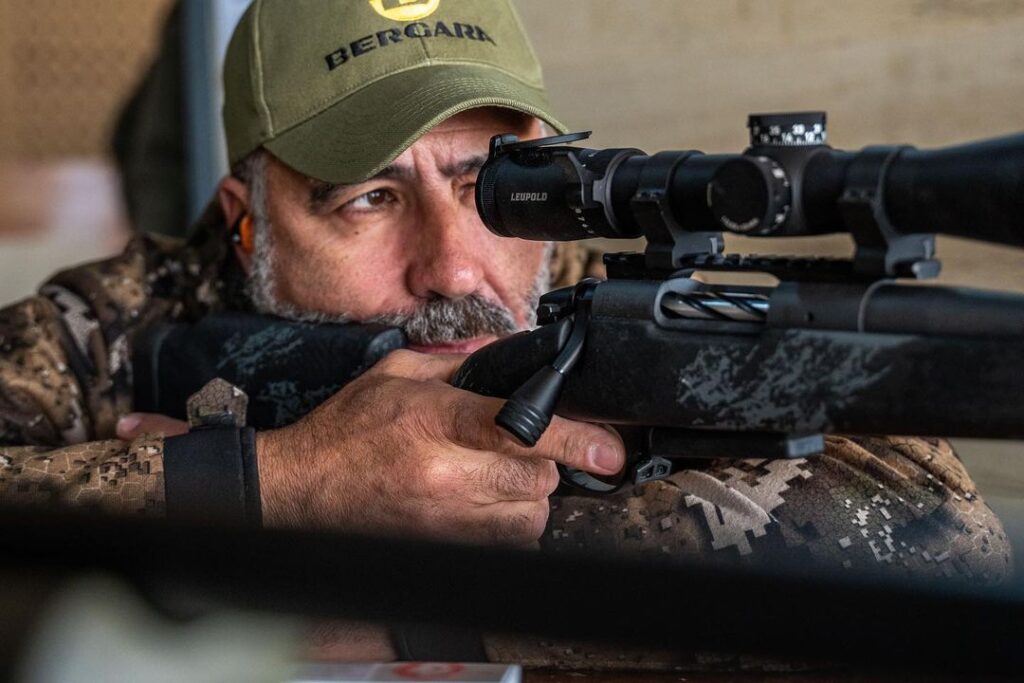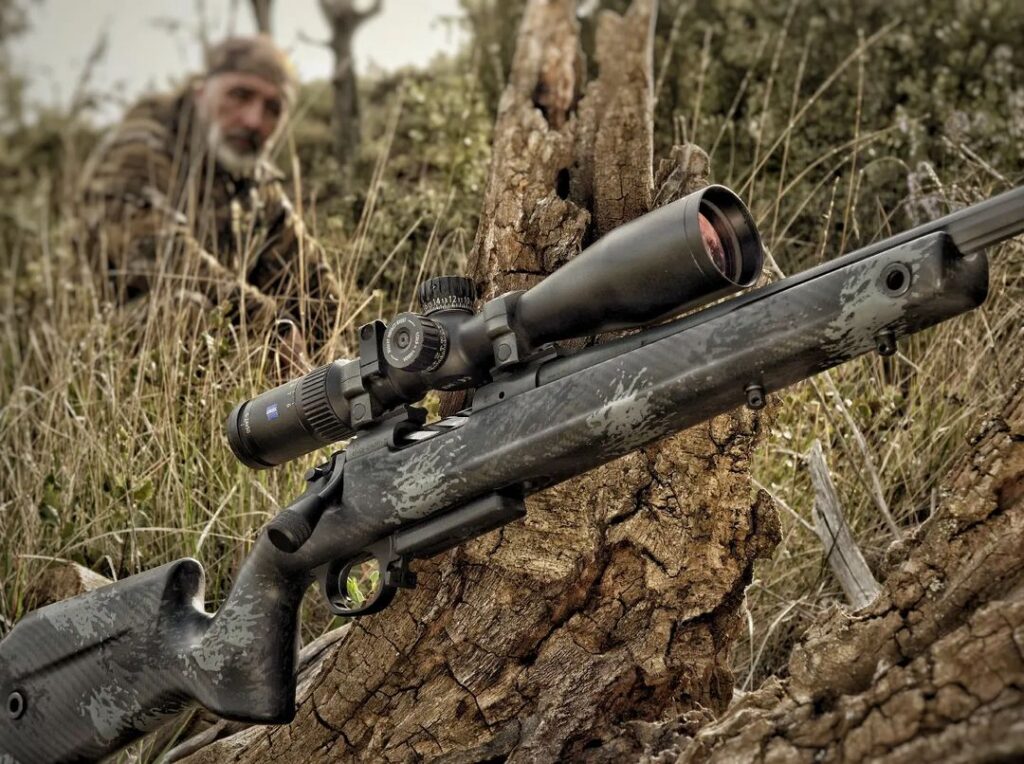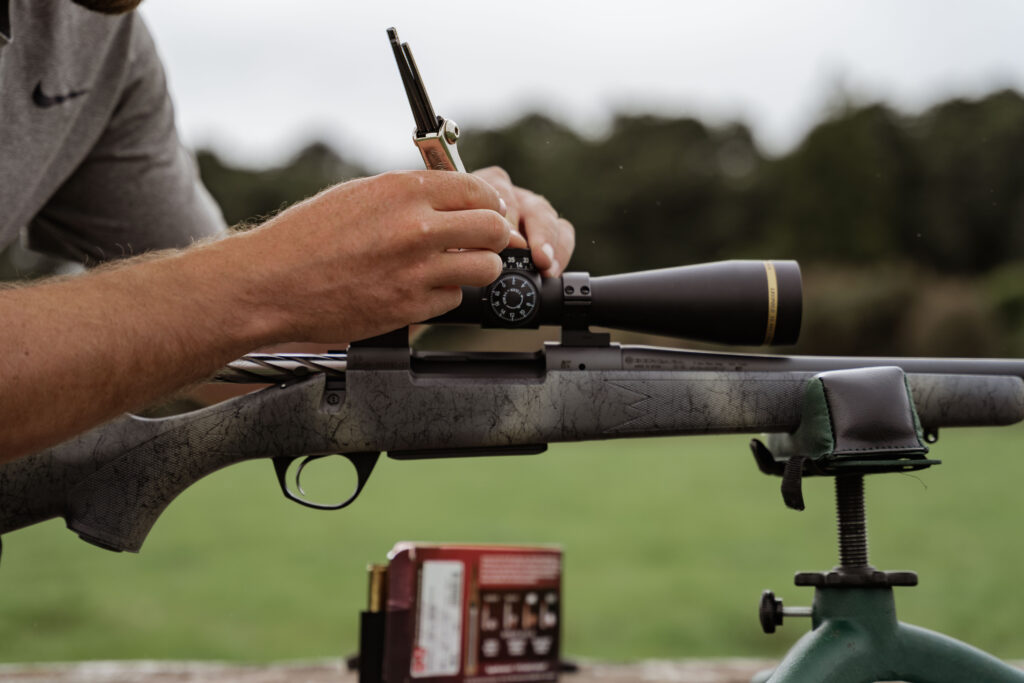The Basics of Long-Range Hunting

The Basics of Long-Range Hunting
Taking long shots at any games shouldn’t be taken lightly; it is our responsibility to bring down the game as quickly and humanely as possible. We can have the most accurate rifle, but if you don’t know how to use it to its full potential and know your ballistics, it won’t help you much.
This is my best advice. If you’re going to do this type or style of hunting, learn as much as you can about your gear and equipment. Put in enough range time to know your rifle, scope and the load you’re going to be shooting. Shoot as much as you can to get enough trigger time to understand where you’re hitting at various distances till your trigger finger is sore and shoot some more.
Go a step further and train like you’re hunting. Find access to public lands that you can target practice safely at various shooting distances in a natural environment. It’ll help build your confidence by providing different shooting scenario, angle and elevation.

Know how to use your equipment and implement them into practice to become a better shooter.
Choosing a Rifle
Your great grandfather’s old World War II rifle might not be the best rifle to try and lob a round past 500 yards on a medium size game with a 3-9×32 scope mounted on it. Today’s rifle building process has come a long way since the 80’s and early 90’s. Rifle manufacturers of today are producing some of the best shooting sub-MOA rifles right out of the box stamped with a guarantee. Picking the right rifle for long-range hunting shouldn’t be a hasty decision.
Things to consider when choosing a long-range rifle.
- Stock: adjustable stock or stock with high cheek rest may be better suited for you.
- Trigger: how is the factory trigger or should you get an after-market trigger.
- Magazine System or Floorplate: depending on the stock, both systems will work great.
- Barrel: length of barrel, twist-rate, threaded for brakes or suppressors.
- Weight: if most of your hunts are in the backcountry, you might want a lighter rifle.
- Caliber: choose a caliber that offers enough punch at greater distances with high BC bullets.

The new lightweight B14² Crest from Bergara is specifically designed for long-range hunting, especially in the mountains.
Riflescopes
Do not go cheap on scopes as it is one of the most crucial pieces of equipment on the rifle. The shooter and the scope are where the solutions to effectively shoot and hit your target takes place. Your scope is the eye of the rifle. Having a good scope is invaluable.
Your long-range rifle scope needs to deliver enough magnification and parallax to identify your target at greater distances. Turret system is a must to help compensate for those long shots to help you dial in for the range index of the target based off your dope or ballistic apps.
The adage: you get what you pay for. It is worth listening too when it comes to rifle scopes.
Ammunition and Handloads
One benefit of handloading is that you have control on the performance of your cartridge. By loading and testing your reloaded ammo, you can find the ideal load that shoots best out of your rifle.
Just like anything else that go with long-range shooting, don’t go cheap on your ammo or reloading components. Cheap ammunition can be poorly made and may be inconsistent, making it inaccurate. Accuracy depends on being consistent, the combination of these two should never be compromised.
One more thing on ammunition. Just because you can, doesn’t mean you should. Don’t use match ammunition when hunting. They’re labeled match ammo for a reason. We owe it to the games we hunt to provide a humane and quick kill. Find ammo with bullets designed for hunting that will provide optimal performance.
Other Essential Gears and Equipment
Scope rings and mounts can have an impact on your accuracy, just like optics, you want the best. Let’s go over some other gears that is essential to help you get the job done.
- Range Finder: a must have to get the range of the target.
- Binoculars and Spotting Scopes: is essential for both you and the spotter to spot target or hit.
- Bipod or Shooting Aid Support: to help provide a steady shooting platform.
- Ballistic App: easier doping process on the go.
- Windmeter: know the wind speed and adjust to it.
- Scope levels: will help avoid excessive cant of the rifle.
All these equipment and gear are part of the basic elements to long-range shooting that will help you become a better shooter.
Conclusion
If you’re planning to hunt abroad where shots are beyond your comfort zone because you booked a once in a lifetime hunt, you need to stop thinking that by simply zeroing your rifle at 200 yards, you’re calling it good. That is not a solution, especially if you’re going to be on a hunt where shots on games can be up to 500 yards more.

Know how to use your equipment and implement them into practice to become a better shooter.
Take the time and effort to learn about the equipment you’re using and practice shooting till your trigger finger is sore and shoot some more. The best rifle, with the best scope, shooting the best ammunition can be quite useless if you don’t know how to use your gear or understand it. Know your equipment and put all of that into practice and implement them into your shooting strategy. You’ll be glad you did.
About the Author
Al Louangketh is the marketing coordinator and pro team manager for Bergara Rifles International. He holds a PhD in Wildlife Science and is a retired U.S Army Veteran living in Europe.
Feel free to contact him if you have any questions about this blog or questions about Bergara rifles.
Instagram: field.pro
Email: [email protected]
